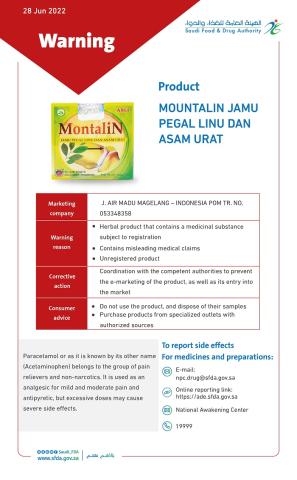Topical high-potency steroid treatment of vitiligo in children is often successful, but may be associated with systemic effects, Canadian and US researchers report in the February issue of the Journal of the American College of Dermatology.
The treatment repertoire for vitiligo is "somewhat limited," Dr. Elena Pope told Reuters Health, but "high-potency steroids are efficacious in repigmentation of the lesions."
To gain further information on this approach, Dr. Pope at the Hospital for Sick Children, Toronto, and colleagues retrospectively analyzed data for 101 children treated with moderate- to high-potency topical corticosteroids.
Overall, 64% had repigmentation of the lesions, 24% showed no change, and 11% were worse than at the initial presentation. There were no significant differences in outcome between children receiving high- and moderate-doses of steroids.
At a mean of about 82 days of follow-up, local steroid side effects such as striae, atrophy and other skin findings were seen in 26% of the children. Cortisol levels were abnormal in 29%, and a persistent low cortisol level was detected in 9 of 11 children who had repeated cortisol testing.
The relative risk of abnormal cortisol levels was more than 8 times greater in children affected in the neck and face than in those affected in other areas. This, say the investigators, could be explained by the thin skin involved and by increased patient motivation and adherence because of the visibility of the condition.
"Potential side effects -- particularly systemic absorption causing adrenal suppression -- should be discussed with the families before treatment initiation and monitored throughout treatment duration," Dr. Pope advised. "Application of high potency steroids on the face may be associated with higher risk of side effects."
J Am Acad Dermatol 2007;56:236-241.



